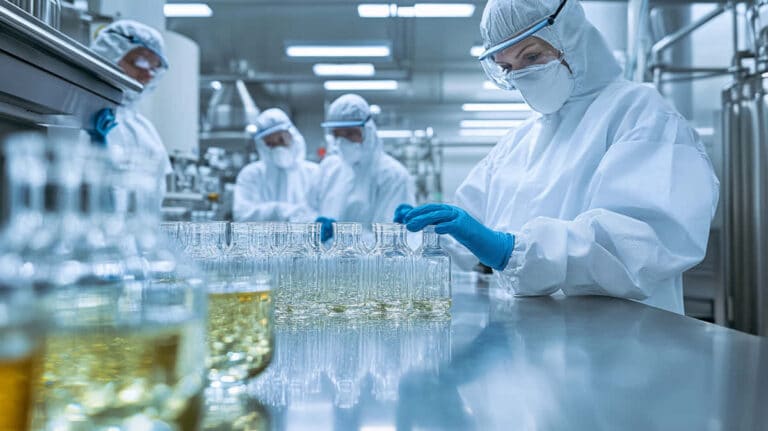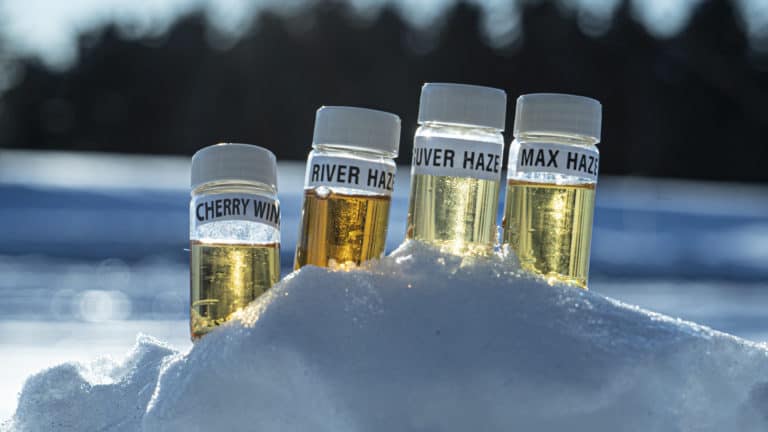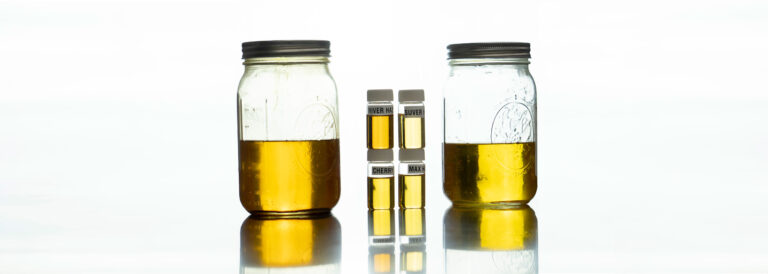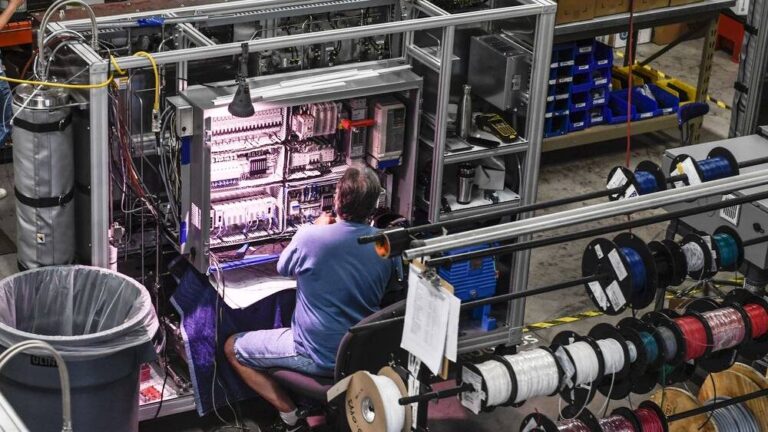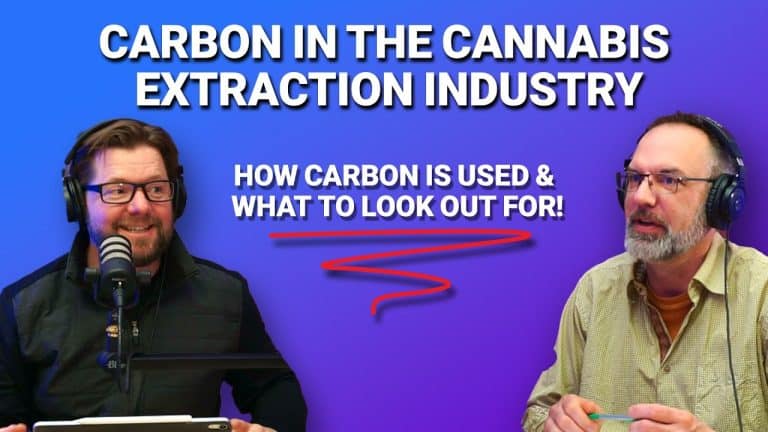Seven Questions to Answer for Hemp Processing Startups
Summary: Are you taking the first steps in creating your own hemp processing startup? Want to know some inside information from an expert in the field? In this article, extraktLAB founder and CEO, Dr. Jon Thompson, reveals seven important questions for any startup to consider when building their new project.
Starting a hemp processing business is a daunting task. There are so many different vendors, methods, and options to choose from that oftentimes the decision can be overwhelming. In this article, I will guide you through seven questions that I had to answer when we built a hemp processing facility that we currently use as a demo and research center for extraktLAB. I hope that my perspective will help you in your decision making.
First, spend a few minutes answering these questions for yourself. When you have answered all seven questions, you will have taken the first step toward a successful operation. Then, review the answers with our expert applications specialists and they will listen to your answers and provide you additional information you need to get a business plan together.
1. Where will my hemp processing facility be located?
Location for a processing facility is an important consideration in the overall cost of your project. The location of the proposed facility will also have a significant impact on the timeline for permitting, build outs, power upgrades and final occupancy certifications.
Key considerations with locations are listed as follows:
- Is the labor market strong in the location?
- Is there plenty of industrial hemp being grown within 200 miles of your location?
- Can you get a tractor-trailer delivery to the dock and utilities?
- Is there plenty of parking for your employees and visitors?
- Are there community restrictions?
- Are you aware of the covenants and restrictions on your building?
Urban locations are definitely more expensive than suburban, or more rural manufacturing locations. Proper selection of the location will help you reduce costs, but needs to be balanced with convenience and availability of labor.
2. Do I have enough power at my location?
One important consideration when selecting your facility is to look at how much power is available. You will need to have plenty of power, not only for current operations, but also for the future. If there is not enough power, you need to make sure that you can obtain an upgrade to your power system.
We have worked with clients in the past who purchased a building that did not have enough power and were unable to upgrade the amount of power in their building. In one case, a client’s facility took them over a year to upgrade their power. So, it’s important that you understand how much power you are going to need at startup. We recommend a transformer with about 750 kilovolt amperes (kVA) as a starter package. You will need to upgrade that amount of power as you grow, but that should get you started.
Is your building located so far away from utilities that you need to spend a small fortune just to relocate those facilities to your building? We were involved in one processing facility that had to extend the main power line nearly one half mile. It really is necessary that you consider the costs of upgrading power.
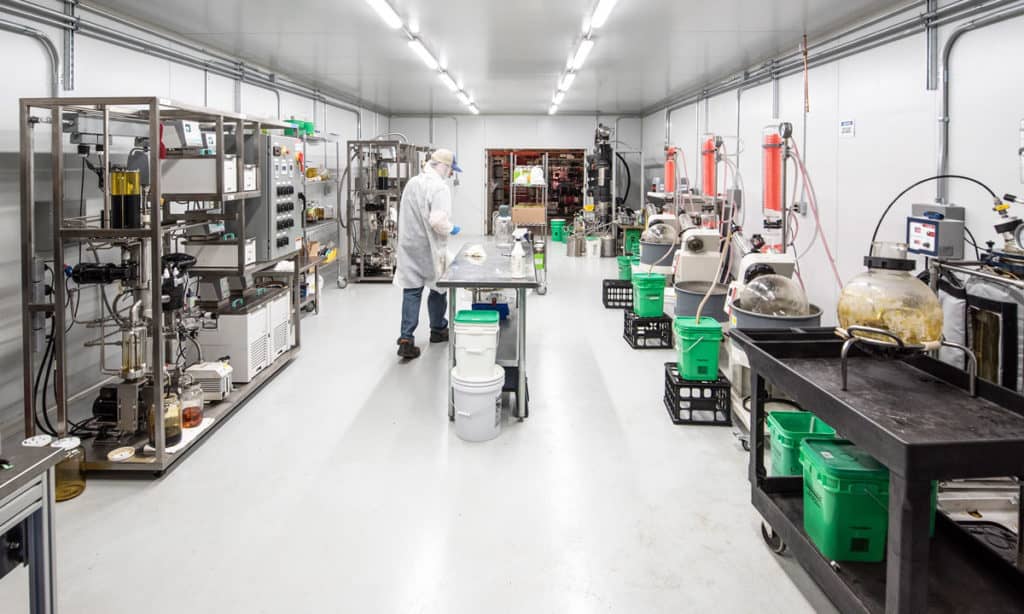
3. What does the permitting environment look like?
The permitting environment of your location is a very important consideration when starting a hemp processing facility. Some jurisdictions apply national standards strictly and affect the driving up of start-up costs. In other jurisdictions, specific environmental regulations, covenants and restrictions on your building may severely limit your ability to place utilities, or even operate. It is extremely important that you examine those regulations prior to signing a lease or purchasing a building.
In addition, the jurisdictions that strictly apply national standards often delay the start-up of the operation significantly. So, it is really important when choosing a location that the permitting environment is not so restrictive that it will drive a huge amount of cost overruns in your project and delay your project completion.
4. Do I have room to grow?
Another important thing that you need to consider when purchasing or leasing a building is to anticipate your future growth. In order to do this, you are going to need to have a forecast and a business plan. The forecast will allow you to understand how large your operation will need to be today and five years from now.
You can make your forecast based on the number of units you expect to sell as a function of time. If you don’t know how to make a forecast, you can contact us and we can help you define your business model so that you are able to make such a forecast.
The forecast should drive your property plan, equipment plan, and your headcount plan. Once you know how large a facility will be in years two, three and four, you should be able to assess whether or not you have the right building for your growth.
As a rule of thumb, you’re going to need at least 20,000 square feet for five-tons per day of processing. You’re going to need room to store the biomass and you are also going to need room for packaging operations.
Once you have established your forecast, we are here ready to help you create a scaled property plant and equipment plan for your operation. We can also help you estimate the labor and overhead you should expect.
5. Do I have space to place utilities?
One key consideration for the location of your hemp processing facility is whether you have enough room to place utilities. You are going to need chillers that are typically located outdoors and you are going to need room for other utilities such as CO2, and outdoor solvent storage.
The CO2 bulk tank for and chillers are typically installed on a cement pad that is preferably located near the processes using the CO2. The CO2 tank itself needs to be accessible to a semi truck if it is a large holding tank greater than 24 tons. Micro bulk tanks do not typically need to be located close to where they are filled. A long hose can fill those as long as they are located within a hundred feet of the delivery truck.
Calculate Your Botanical Extraction Business Operating Cost
Starting a Hemp Extraction Business? Check out our Calculators and to analyse costs, estimated revenue, yield, initial investments and important metrics for your extraction business.
6. What extraction method will I be using?
When I first started to build out extraction facilities, we looked at both ethanol and CO2 as primary solvents for extraction. Since we were involved in building and working towards GMP certification, it was important to us that we create and extract clinical grade CBD oils. Clinical grade oils do not carry any risk for residual chemicals that would come from ethanol. That is why we chose supercritical CO2 extraction as a preferred method for extracting hemp.
The second reason why we chose CO2 extraction over ethanol extraction had to do with cost. Ethanol extracts cost much more to produce than CO2 extracts. If you want to learn more about this, please contact our application specialist for calculators.
The second criteria for clinical grade oils is an organic certification. Organic certification comes from the USDA and if you are able to build your facility and your processes to accommodate organic manufacturing, it is in your best interest to do so. It’s not that you can’t accomplish organic certification with ethanol extraction, it is just going to cost you a whole lot more. Organic ethanol is extremely expensive.
The third criteria for clinical grade oils has to do with consistency, purity, and potency. As an analytical chemist, I wanted to make sure we had the most pure extracts for our customers. My reasoning was that if a solvent-based extract such as ethanol extract was not good for inhalation, by extension it was not good for ingestion either. It makes sense to invest in technologies that will give the purest extract. CO2 extraction is a great way to accomplish this.
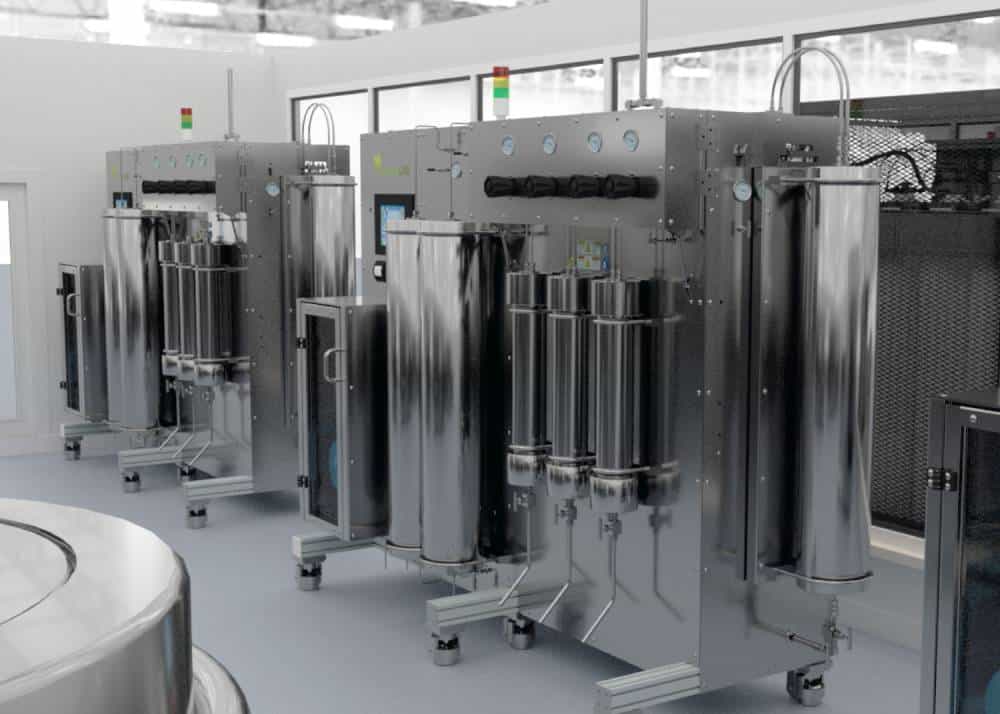
Know your regulations
Whatever extraction method you decide to use in your facility, it is important that you know all of the criteria needed to build for that method. For example, ethanol extraction facilities typically have a H2 occupancy versus CO2 facilities that carry a F2 occupancy. H2 occupancy is a special designation for facilities that have large amounts of solvent and flammable liquids. They might also have special requirements in those buildings for deflagration systems and exhaust.
F2 occupancy is light industrial occupancy and does not have these added requirements. That is why CO2 extraction facilities often are much less expensive compared to ethanol extraction facilities in general.
We have seen many operators try to get around costly occupancy requirements by storing their flammable materials outdoors. This will need to be cleared with both insurance and fire marshal prior to operation of the facility.
One other key consideration when selecting your type of extraction method is your ability to get insurance. Insurance companies generally frown on storing and using large amounts of flammable materials as they carry a higher risk for a catastrophic event. In fact, many ethanol facilities find it hard to obtain any insurance without complete compliance with NFPA standards.
One valuable service that we offer is a hazardous materials assessment. This focuses on storage and inventory of materials in each room used by each process. We provide calculations for the amount of exhaust needed in each room to keep the amount of solvent in the air under 25% of the lower explosive limit. This is a requirement from the NFPA for use and storage of solvents that are flammable.
We have certified fire inspectors on staff that allow us to help our customers navigate the NFPA standards and also choose processes that are low cost. We also provide standard operating procedures for hazardous materials as a part of our GMP package.
7. What products do my customers want to purchase?
Some would argue that this is the most important question to answer before getting started: What do my customers want? How much are they going to purchase? And when will I need to get those products to them?.
One of the key characteristics of the market is that the popularity of products change rapidly. So, the products that you may think are hot early on in your business plan may not be so popular in a year or so. It’s important that you keep your business plan flexible enough so that you can create products that consumers want. This is applicable to the bulk business as much as it is to the consumer products category.
I think it’s also important that you talk about the nature of the market to your investors so that they are aware that you may need to adjust your products based on trends. The trend cycle in my experience is on the order of one year.
When building business plans, I would start out by understanding which products are in greatest demand. Do not build a business plan on products that have a very low demand associated with them or are considered boutique. Boutique products that cater to classes of consumers rather than masses of consumers will always lag in the market compared to high volume product categories. CO2 vapor pens, for example, is a very large target category. Edibles are also a huge category in the hemp market.
There are many questions that you need to ask when starting a new business or even upgrading your facility to accommodate more production. Since 2014, we have been heavily involved in putting hundreds of hemp manufacturers in the business of extracting hemp and creating valuable products that consumers will buy. We have done this in North America including Canada and in Europe as well. We would be honored to work with you to help define your plan, get you some budgetary numbers, and define an equipment schedule. We also deliver and install that equipment, train your staff on GMP and process, commission your facility, and provide software that will help you run your business.
We are looking forward to your phone call.
Frequently Asked Questions
Contact Us To Get Started Today


